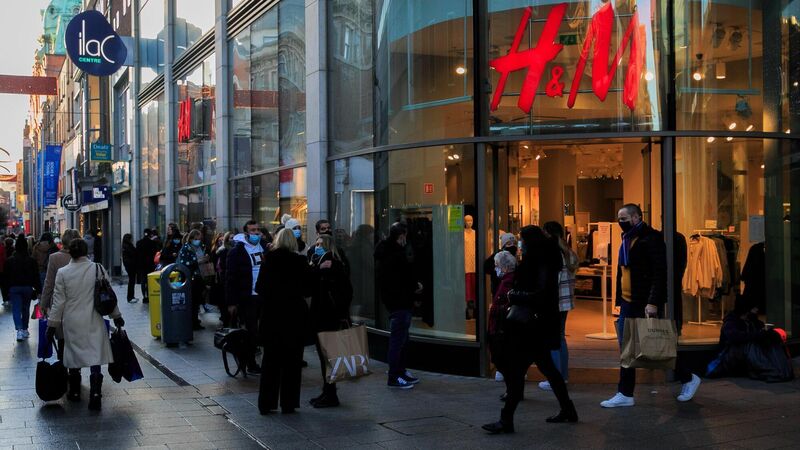H&M marks progress in selling unsold clothing stocks

Operating profit fell 5% in the three months through May, and H&M said it’s on track to reduce inventory further after a 20% reduction to the lowest level since the pandemic.
H&M shares shares surged after the Swedish clothing retailer made progress reducing a longstanding buildup of stocks, boosting optimism profitability will improve.
Operating profit fell 5% in the three months through May, and H&M said it’s on track to reduce inventory further after a 20% reduction to the lowest level since the pandemic.
The shares rose as much as 15%, adding more than €2.7bn to the company’s market value.
In her fourth year leading the retailer, chief executive Helena Helmersson is finally making headway on reducing a pile of unsold clothes that has been plaguing the company since 2016.
The retailer is also closing 200 underperforming stores this year and opening 100 in better locations. H&M said the spring-summer season has started well, with sales up 10% in June.
Low-cost clothing is luring shoppers as consumers suffer a cost-of-living crisis. Penneys-Primark said earlier this week sales jumped 7% on a like-for-like basis in the three months through May.
H&M has been offering low prices on products as online upstart Shein undercuts its offerings.
“Buying power in general has decreased, but that also brings some opportunities for us,” Ms Helmersson said at a press conference.
Cost savings should reach 2 billion kronor (€170m) this year and H&M is keeping its target of an operating margin of at least 10% next year, the CEO added.
The last time profitability was that high was in 2017.
“It’s a challenging target, but we’re focusing on reaching it,” Ms Helmersson said in an interview. “Double-digit is what we’ve been saying.”
The Swedish retailer keeps lagging competitor Zara in popularity among fast-fashion shoppers, and both companies in turn have seen their market share under threat from Shein, which offers fast fashion at cut-rate prices.
Ms Helmersson said her goal to double revenue by 2030 is also a “very ambitious target” that could be reached through different brands and markets with growth potential like India and Latin America.
“Firstly, we have to reach profitability, but we definitely need to show more in terms of growth going forward as well,” she said.
The company is reducing costs as its contracts allow it to renegotiate or exit a third of its leases each year.
The retailer now has about 4,400 shops, compared to a peak of 5,076 in 2019.















